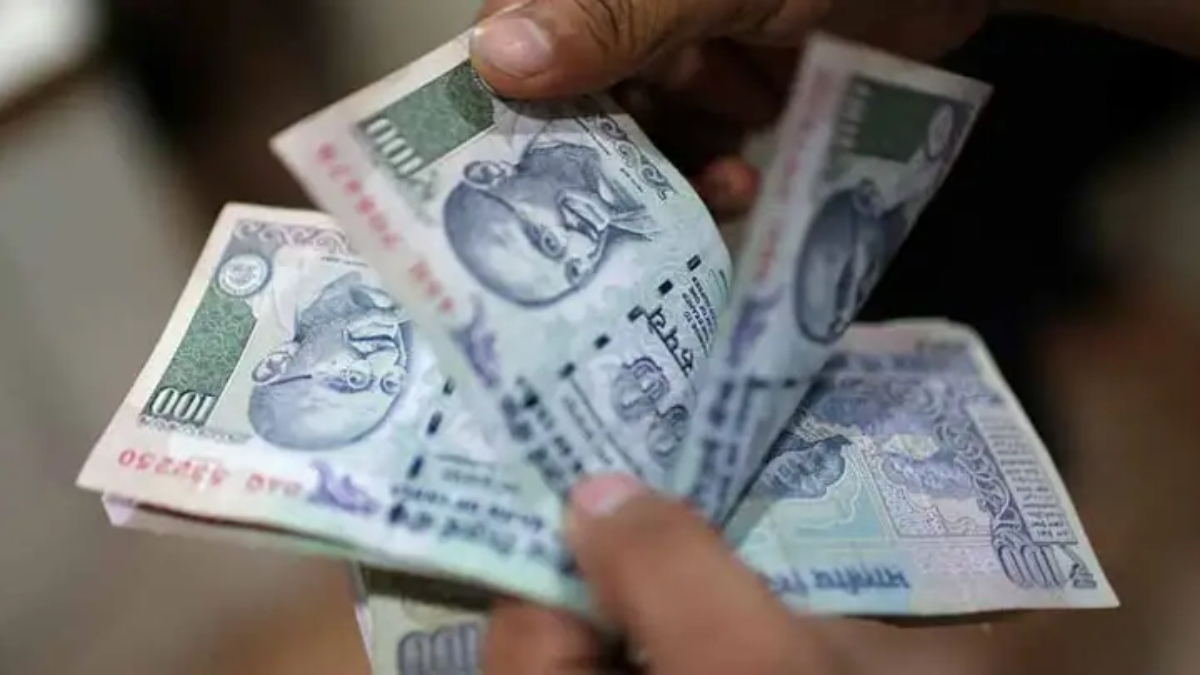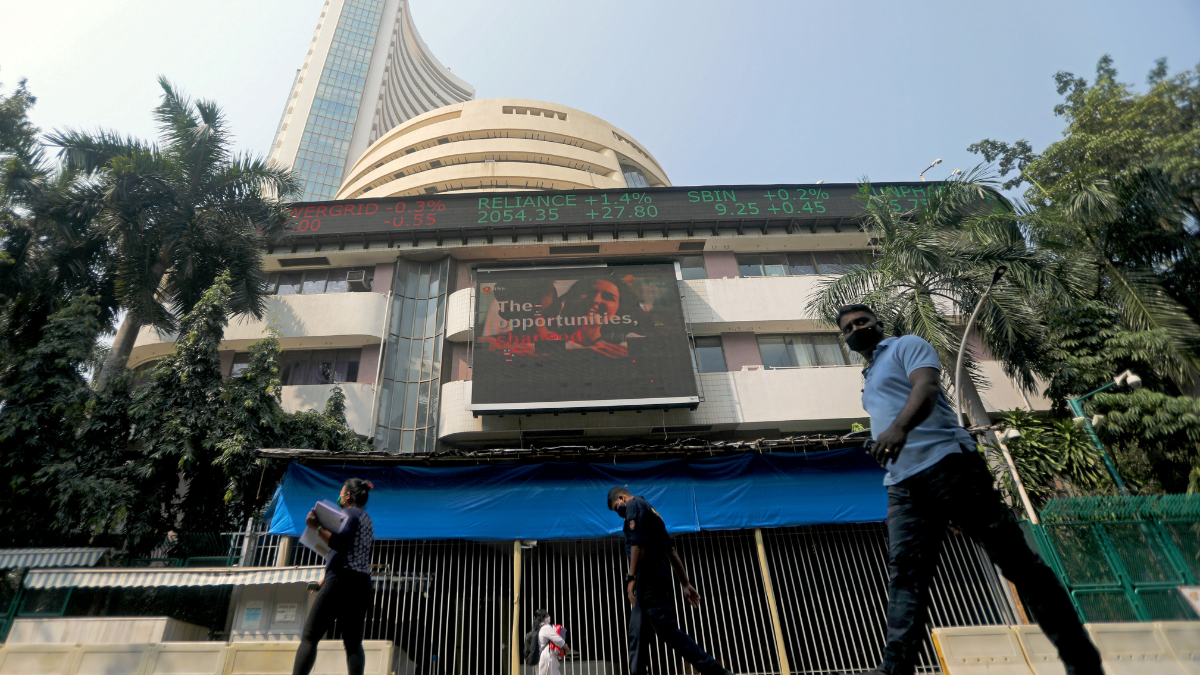The party on Dalal Street is going on in full blast and the lights aren’t expected to dim anytime soon. Consider this: The Indian stock markets returned around 20% in 2023 — the fourth highest in the past decade — and experts see this trend continuing in the new year.
Both domestic institutional investors (DIIs) and foreign portfolio investors (FPIs) contributed almost equally to the surge — Rs 1.8 trillion and Rs 1.7 trillion ($21 billion), respectively. This is in sharp contrast with 2022, when DIIs did all the heavy lifting by investing Rs 2.7 trillion, as FIIs pulled out Rs 1.2 trillion ($17 billion). This gives experts such as Shankar Sharma hope about the future. The founder of GQuant says he remains optimistic about the direction of the market irrespective of flows from foreign portfolio investors (FPIs). “We have seen that happen in the last few years when FII outflows happened, but nothing really affected the market.”
The good news in 2023 was that the broader market gave handsome real returns of over 12%, leading to a surge in investor wealth. The BSE market capitalisation has risen to Rs 364 trillion and more than trebled in the last decade.
India, of course, lags a number of global markets in yearly performance in dollar terms. In fact, it is the sixth best performer among major markets. The Nasdaq Composite has returned a spectacular 44% for the year while Taiwan Taiex Index, DAX, Euro Stoxx 50 and CAC 40 have returned over 20%. Ironically, experts see this as evidence that there are more legs to this rally, creating scope for another good year of returns. Shankaran Naren, executive director and chief investment officer, ICICI Prudential AMC, says, “We believe retail participation will continue in equity markets in the year ahead given the strong domestic fundamentals.”
There are enough reasons for Naren’s bullishness. The rise of equity in the individual savings portfolio is being aided by the formalisation of the economy and the superior hedge it provides against inflation. The opening of new demat accounts by a large number of investors and the surge in inflows into mutual funds are indicators of the continued retail interest. GQuant’s Sharma says markets are only exposed to micro and macro factors. And both look good for India and the world after the Federal Reserve’s relatively dovish statements, indicating rate cuts in the US may happen as soon as the first quarter of 2024. This could have a cascading effect on world markets. With softening of bond yields and growth likely to make a comeback, FPIs are expected to enter emerging markets with renewed vigour. The fond hope also is that the Reserve Bank of India may follow suit if inflation comes under control.
India is sitting quite pretty at this point in time, in terms of growth.
With the International Monetary Fund terming India as ‘one of the star performers’ which will contribute more than 16% to global growth, the interest in the Indian economy will only rise. Sharma points out structurally, India is one of the few countries with sound macros and corporate earnings, while most developed nations continue to be weighed down by weak macros. “And when there are expectations that there will be a bull market in the US, we should also do well,” he says.
Of course, there could be some key events that could cloud this optimistic outlook. Naren, for example, says apart from the general election in India, markets will be watching out for the US Fed rate cut trajectory, geopolitical developments and crude oil prices, to name a few. While general elections are always a cause for worry, most experts are reading signals of continuity and stability after the good performance of the Bhartiya Janata Party in the recent state elections. Sharma says while elections are a key event, people would be watching keenly whether the government continues to spend aggressively after elections as well.
While the overall outlook towards 2024 looks quite bright, some fund managers point at the “worrisome” rise in the retail participation in the future and options market. In the past three consecutive years, F&O turnover has risen by over 100% — the highest was in 2021 at 186% — reflecting that there has been aggressive participation from retail investors. This is also reflected in the rise in the number of online courses and finfluencers who are trying to make a quick buck by exploiting investors. However, most of them also believe that there is little to be done as the markets have to run their own course.




